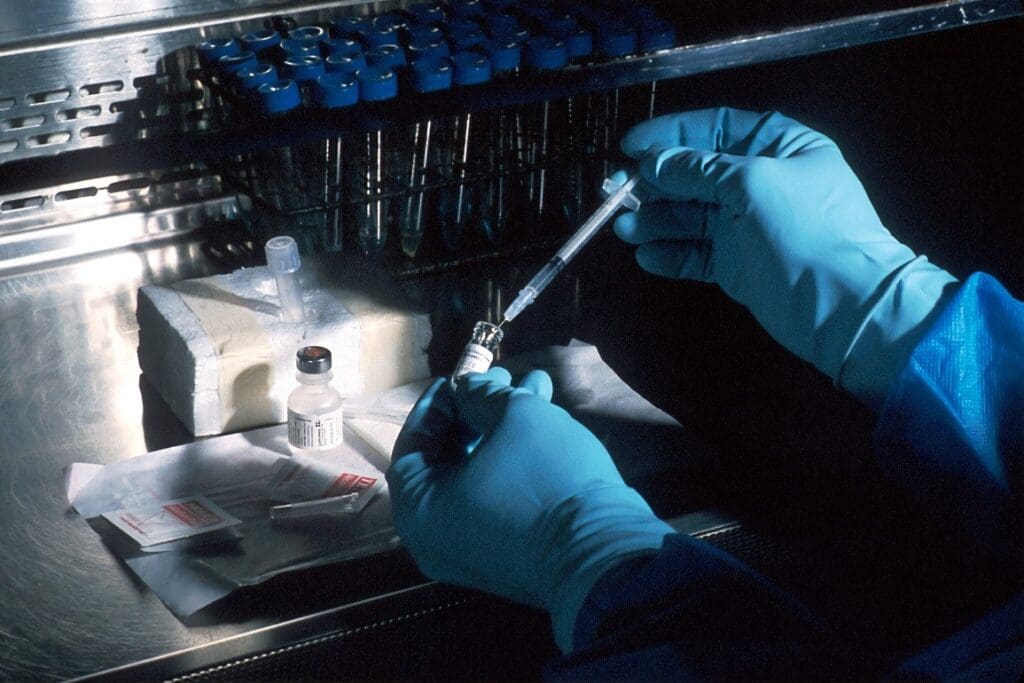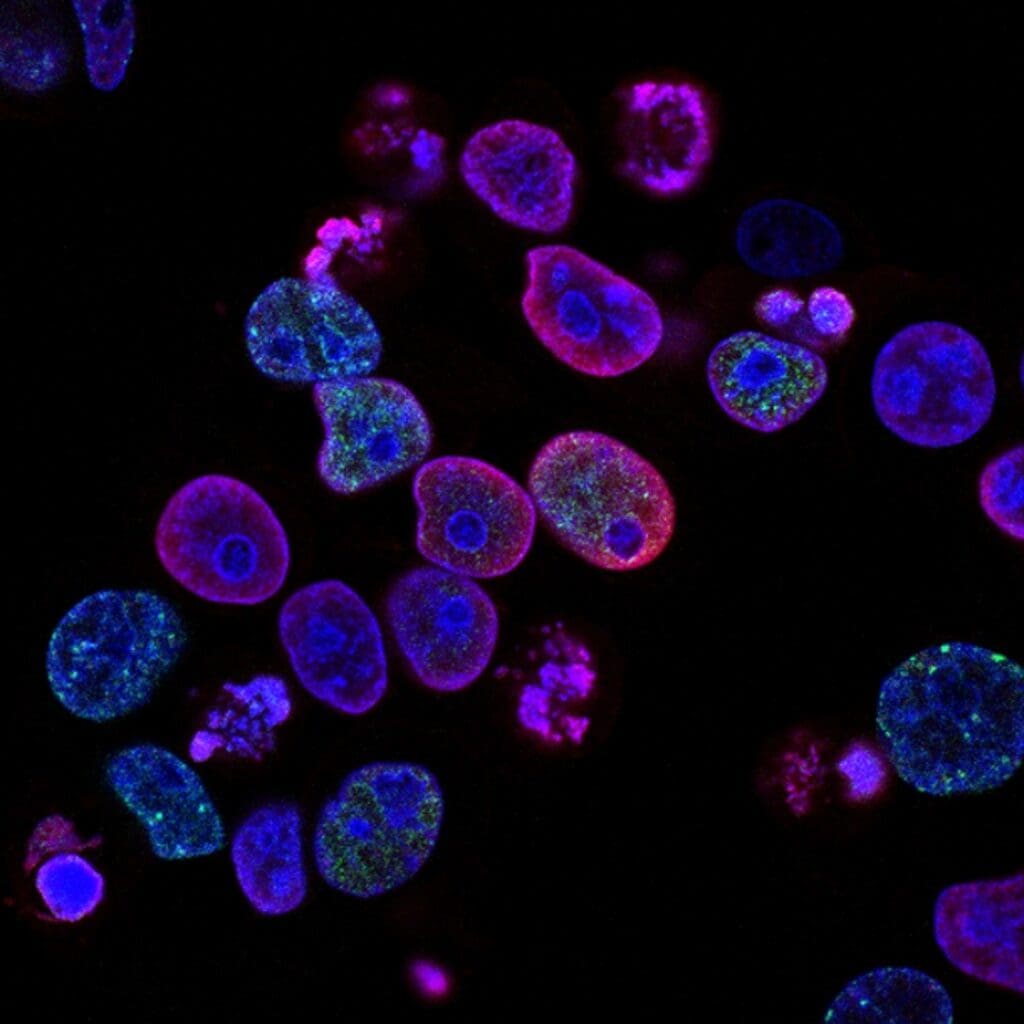Omics is a field of biotechnology that involves the comprehensive analysis of biological molecules or systems on a large scale. It encompasses various sub-disciplines, each focusing on a specific type of biological molecule or system, such as genomics, proteomics, metabolomics, transcriptomics, and more. The power of omics in biotechnology lies in its ability to provide detailed insights into the biological processes, functions, and interactions within organisms. Here are some key ways in which omics technologies have revolutionized biotechnology:

1. Genomics:
· Genome Sequencing: Omics has enabled the sequencing of entire genomes, which provides a complete blueprint of an organism’s genetic makeup. This information is crucial for understanding the genetic basis of diseases, evolution, and biodiversity.
· Personalized Medicine: Genomic data can be used to tailor medical treatments to an individual’s genetic profile, leading to more effective and personalized healthcare.
2. Proteomics:
· Protein Identification and Characterization: Proteomics helps identify and characterize proteins within a cell or organism. This is critical for understanding cellular functions, signaling pathways, and disease mechanisms.
· Biomarker Discovery: Proteomic techniques aid in the discovery of biomarkers that can be used for disease diagnosis, prognosis, and monitoring.
3. Metabolomics:
· Metabolite Profiling: Metabolomics allows for the profiling of small molecules (metabolites) in biological samples. This can help identify metabolic pathways and biomarkers, and assess an organism’s response to various stimuli.
4. Transcriptomics:
· Gene Expression Analysis: Transcriptomics focuses on studying the entire set of RNA transcripts within a cell or tissue. It is crucial for understanding gene expression patterns and regulatory mechanisms.
· Functional Genomics: Transcriptomics data can be used to study the function of genes and how they contribute to specific biological processes or diseases.
5. Microbiomics:
· Microbial Community Analysis: Omics techniques can be applied to study the composition and function of microbial communities in various environments, including the human gut, soil, and oceans. This has implications for agriculture, environmental science, and human health.

6. Systems Biology:
· Integration of Omics Data: Omics data from multiple sources can be integrated to create a holistic view of biological systems. This is essential for modeling complex biological processes and predicting their behavior.
7. Drug Discovery and Development:
· Omics technologies play a pivotal role in target identification, drug screening, and toxicity assessment, speeding up the drug discovery process.
8. Agriculture and Food Production:
· Omics can be applied to enhance crop breeding, optimize agricultural practices, and ensure food safety and quality.
9. Environmental Biotechnology:
· Omics are used to study the impact of pollutants on ecosystems, monitor environmental changes, and develop bioremediation strategies.
10. Biotechnology Advancements:
· Omics-driven research has led to the development of advanced biotechnological tools and techniques, such as CRISPR-Cas9 gene editing, synthetic biology, and more.
In summary, omics technologies have transformed the field of biotechnology by providing a wealth of data and insights into the structure, function, and regulation of biological systems. These insights have far-reaching applications in medicine, agriculture, environmental science, and many other areas, ultimately contributing to advances in human health and our understanding of the natural world.



